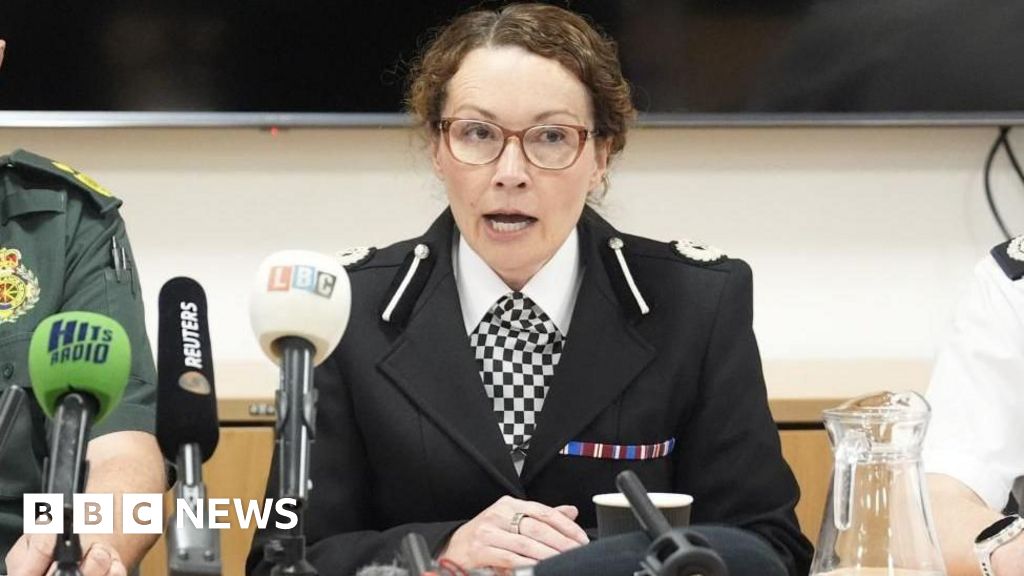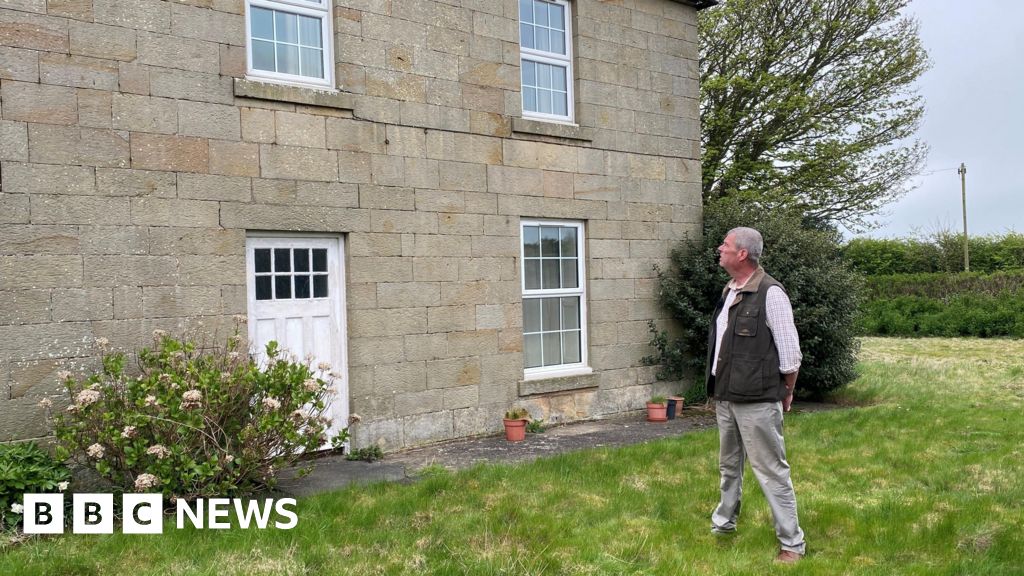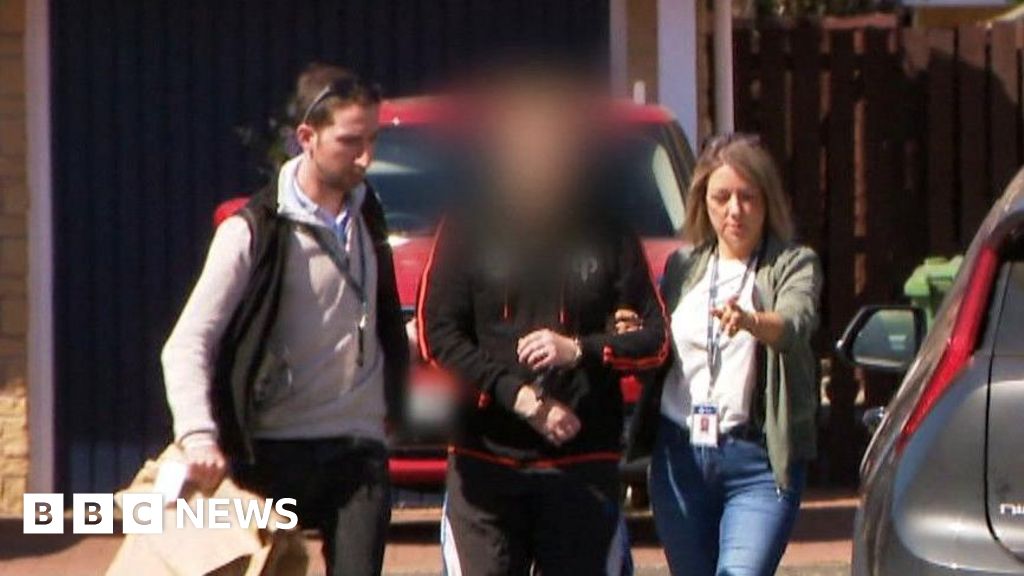After a driver ploughed into crowds during the Liverpool FC victory parade on Monday evening, Merseyside Police said within two hours they had arrested a “53-year-old white British man from the Liverpool area”.
It was striking how quickly police shared the man’s nationality and ethnicity.
The decision shows lessons have already been learned from the Southport attacks last summer, when online speculation and disinformation filled a void after the same force released little detail about the 17-year-old they had in custody.
Usually when a suspect is arrested, police forces in England and Wales just give out the age of the person and where they were arrested.
But at 19:53 BST, the force emailed out a press release including the suspect’s age, nationality and ethnicity.
It was a clear attempt to damp down inaccurate speculation on social media that the Ford Galaxy driving into Liverpool fans was part of an Islamist terrorist attack, or was in any way linked to migrants.
Merseyside Police acted “very, very quickly” to stamp out speculation on social media that had caused “real consternation”, Liverpool mayor Steve Rotheram said.
By contrast, last summer in the aftermath of the horrific knife attack in Southport in which Bebe King, Elsie Dot Stancombe and Alice Da Silva Aguiar were killed, Merseyside Police said very little about the suspect they had arrested.
This meant that inaccurate social media speculation and deliberate disinformation about the suspect having a Muslim name and being a newly-arrived migrant went unchecked.
A consequence was a riot in Southport within 36 hours of the attack focused on the local mosque, and then further rioting across England, much of it aimed at hotels housing recently-arrived asylum seekers.
The Southport attacker Axel Rudakubana had in fact been born in the UK and had no direct connections to Islamism, though he had downloaded an academic study of an al-Qaeda manual.
In a report published earlier this month into last summer’s events, His Majesty’s Inspectorate of Constabulary and Fire & Rescue Services said the police service “must do more to communicate online” and “fill the information void with the truth”.
“Forces must provide a true narrative online to reach people who may be searching for information,” it added.
The report went on to say: “The police service must communicate the facts. Repeatedly, continuously and effectively as circumstances change and develop.
“If not, others will take over the narrative with overwhelming amounts of online content. And some of this may be false or harmful to the police response and the communities the police are there to protect.”
The way Merseyside Police’s communications team responded last night suggests that the force has rapidly adapted its policies since the violent disorder of last summer.
It means that a clearer picture of what had happened quickly reached people’s phones, TVs and radios and rapidly reduced the disinformation.
The problem that police forces now face is whether this new approach will lead to confusion in future.
What will a force do for example if the information about the suspect they are holding is unclear?
Even more problematically, what will a force do if they arrest someone in similar circumstances who is a recently arrived migrant or who has a clearly Muslim name?
Last night’s rapid move to correct the narrative may not be as straightforward in different circumstances.
Helen King, former assistant commissioner of the Metropolitan Police, said: “There will be times when police can confirm quickly. There are other times when it is unclear. These will always be complex and sensitive decisions.”
















Leave a Reply